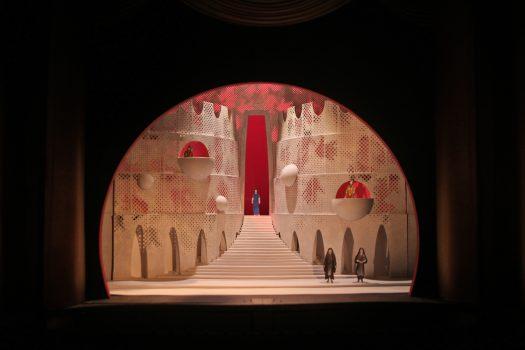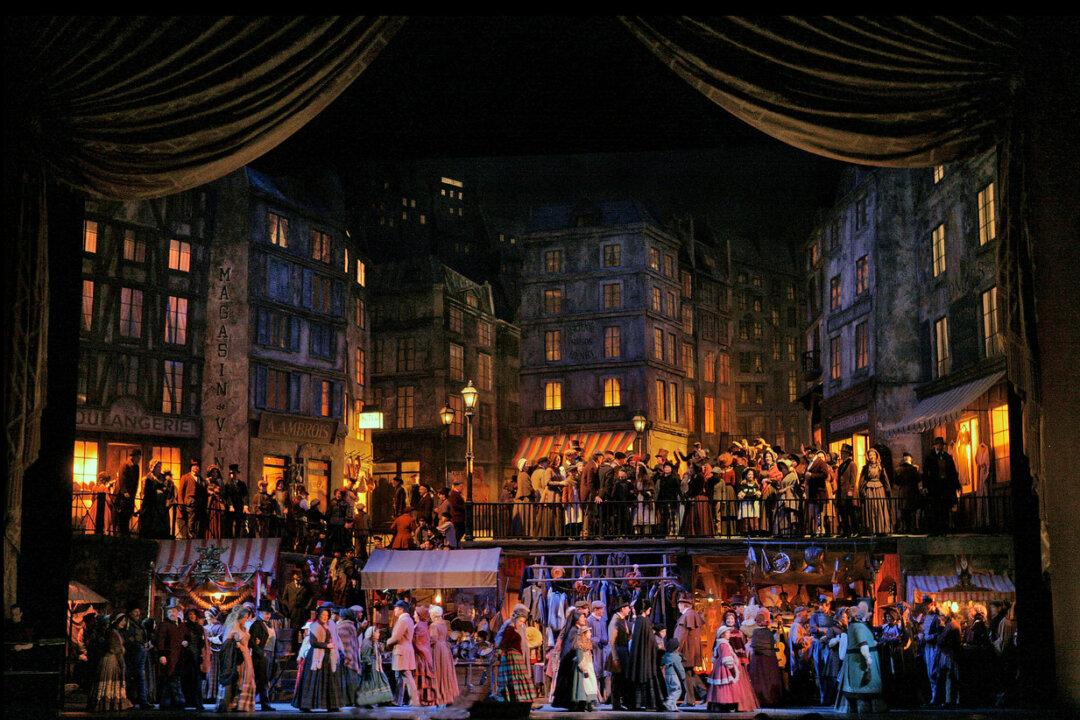The fall 2018 season at the Metropolitan Opera brings both familiar and lesser-known works, performed by world-class artists.

The model of a set for “Samson et Dalila” by Alexander Dodge. Ken Howard/The Metropolitan Opera

The fall 2018 season at the Metropolitan Opera brings both familiar and lesser-known works, performed by world-class artists.
